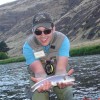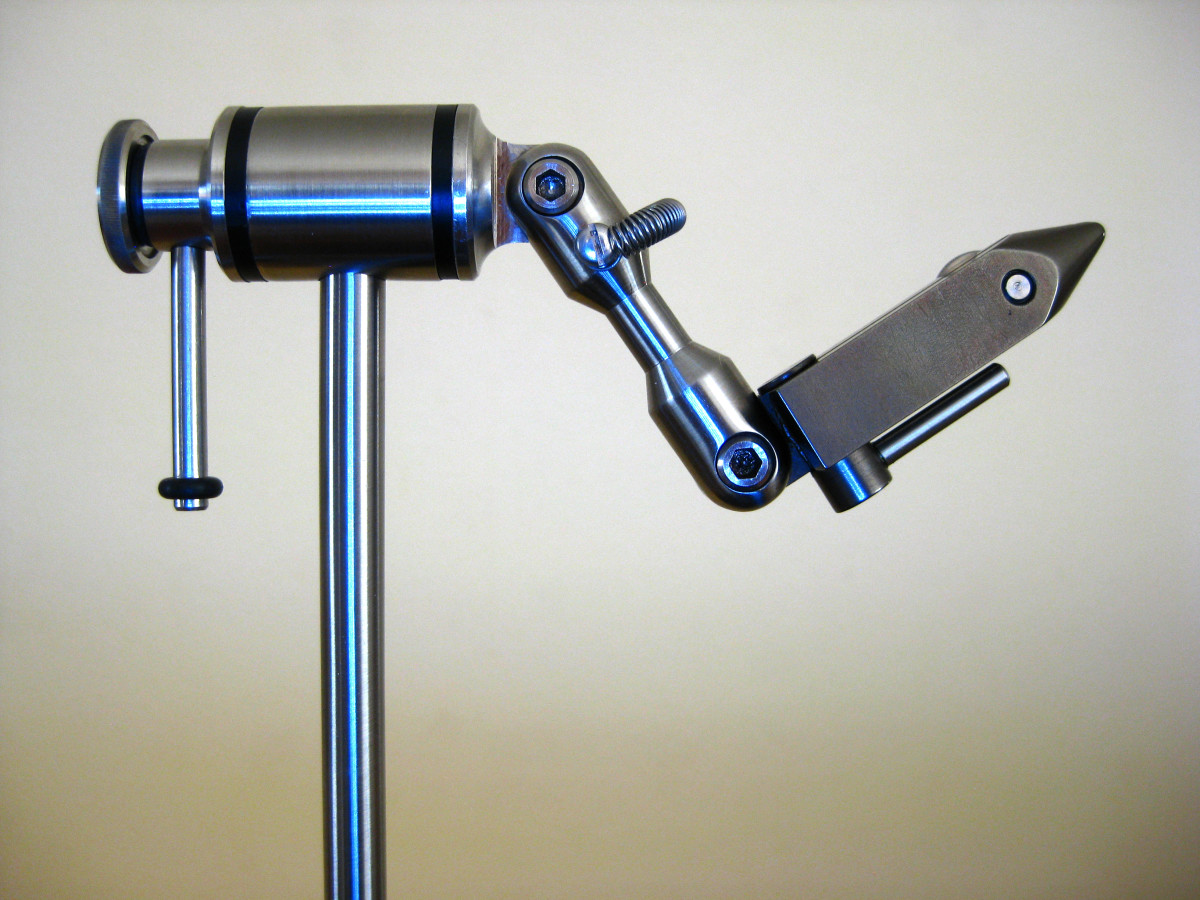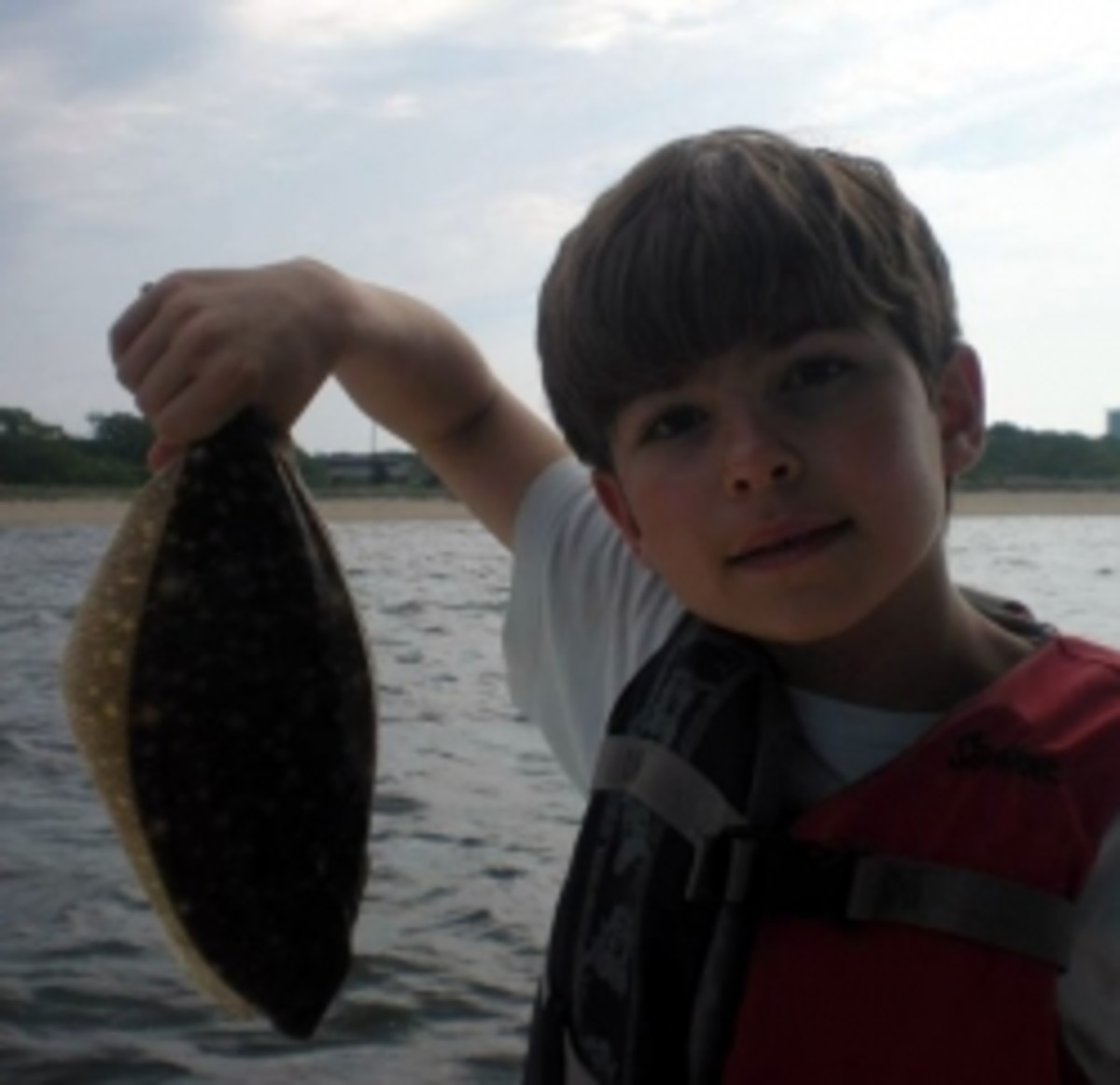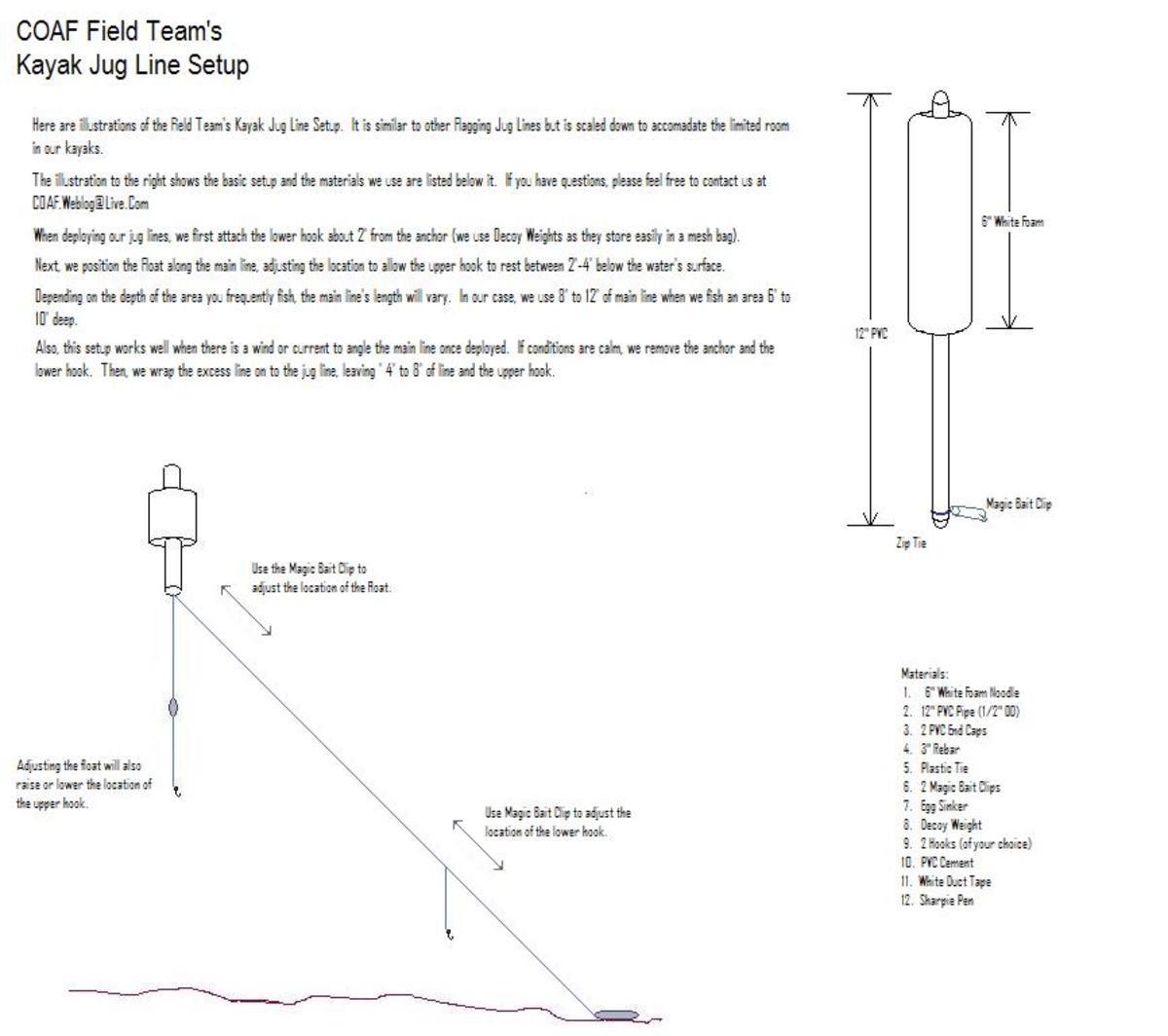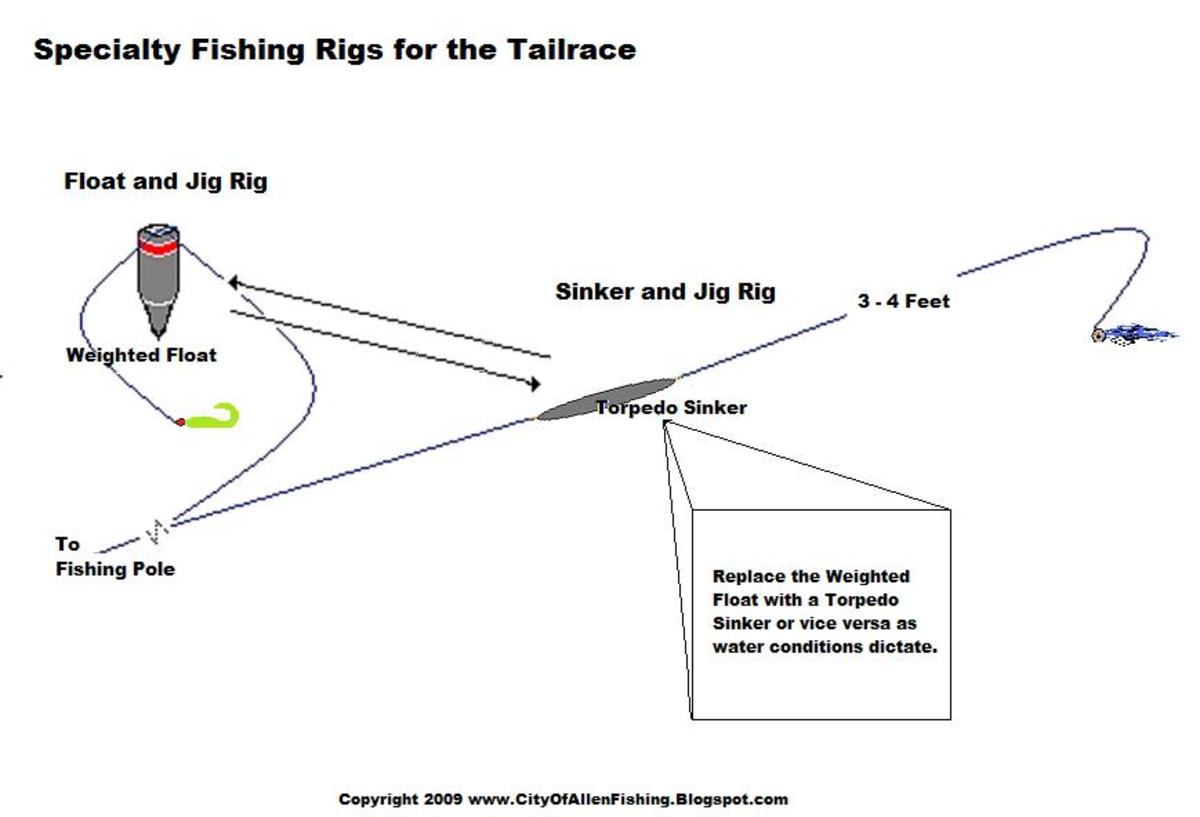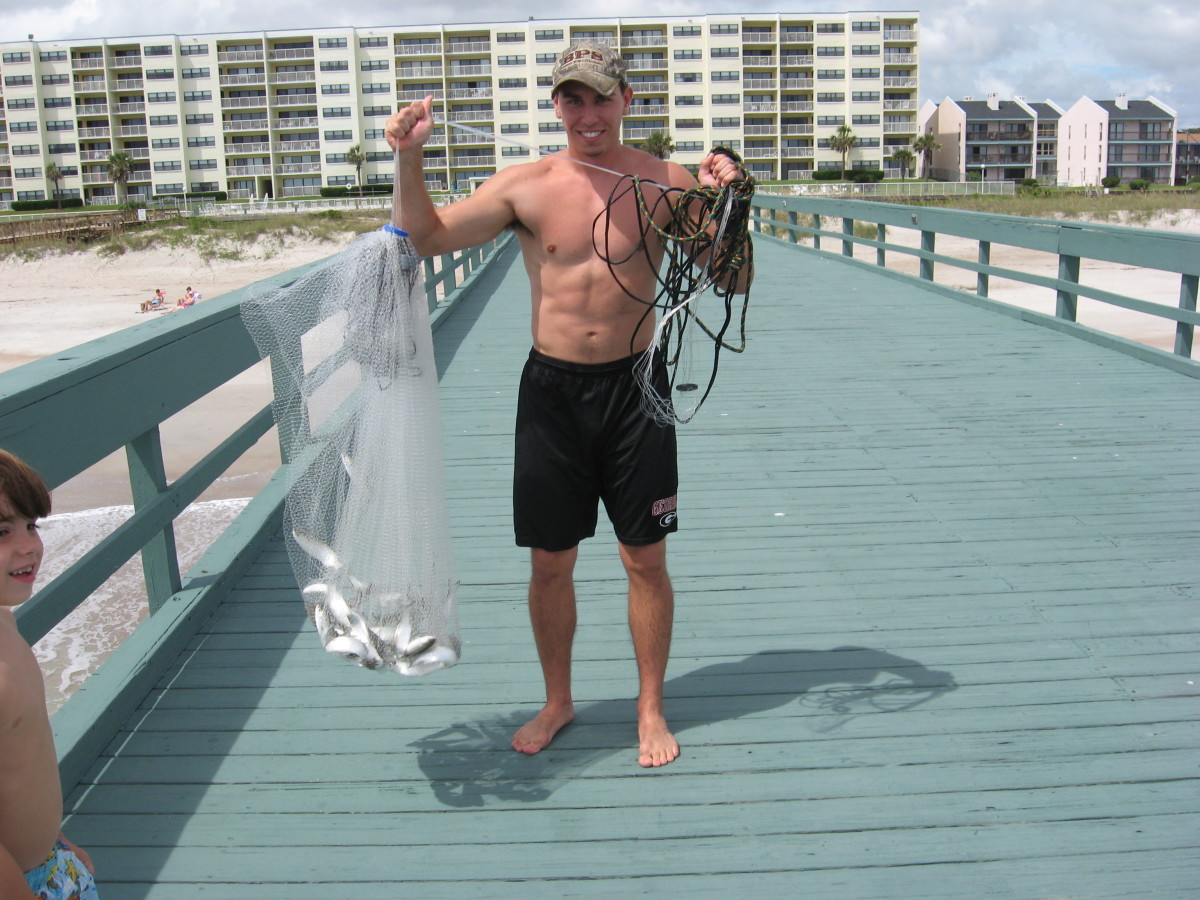How to Start Fly Tying
Why do people tie flies
Before we go over what you need to get started, lets have a look at why anyone would want to tie there own flies in the first place.
The two best reasons anyone would want to tie there own fishing flies is to save money and to challenge themselves.
Fishing flies in a retail setting cost between 95 cents and over 3 bucks depending on the size and materials required to tie it. Tying your own flies can cut this cost down to very little depending on what you want to make. Lets take a common steelhead flie like a glo bug egg or sucker spawn for example, the hook and materials combined can cost 10-20 cents to create a fly that would cost you at least a dollar in a shop. If you fish on a regular basis you can expect to lose quite a few flies in trees, rocks and fish.
By tying your own flies you are adding an extra challenge to the sport of fishing. Not only do you have to locate fish in the water and present the bait realistically enough for the fish to eat it, now you have to tie a good enough looking pattern to entice the fish to strike. Anyone can go to a fly shop and purchase flies that are tied fairly well but to make your own just gives a little extra meaning to the fish you catch.
Equipment
So you want to give it a try? Well lets have a look at what equipment you will need to get started. As you tie more and more difficult patterns, you will find the list of tools you can buy for fly tying is pretty extensive. We are just going to cover the basics though. Most big name retailers like Cabela's and Gander Mountain offer a beginners tying kit that will include most of the tools and a cheap vise to get you started. If you are serious about tying from the beginning, you will be much better off buying a quality vise and tools rather than replacing the cheap combo ones in the first few months though.
Vise - The most important piece of fly tying equipment you will need is a vise. The vise is what holds the hook in place while you tie the fly. A good quality vise is important because it will not only be able to hold hooks more securely, but it will also be able to hold a wider range of hook sizes successfully. The vise can come with either a clamp to hold it onto a table or a heavy pedestal base. I prefer the pedestal myself. Vises can range in price from under $20 to over $1000. Other than a cheap vise with a tying kit, my first and current vise was a Thompson Pro Vise II. I still use this vise but would like to upgrade to one that has a 360 degree turning head for better tying angles on the fly.
Scissors - Scissors are possible the second most important piece of equipment to purchase. Cheap scissors will not allow you to make accurate enough cuts for smaller flies like dries. I recommend having a bigger pair of cheap scissors for your heavy cutting such as hair, wire or plastic. You can spend a little more on your fine scissors for making precise cuts.
Bodkin - The bodkin is a needle point with a handle used for positioning materials as you tie.
Hackle Pliers - The hackle pliers are used to clipping materials to make them easier to control. They are not just useful for hackle but also yarns and chenille.
Bobbins - Bobbins are used for holding your threads, wires and weight. You can get some pretty nice bobbins but I still haven't felt the need to upgrade from the basic 3 dollar variety. I do have a second bobbin with a larger tube to hold my copper wire or lead free weighting wire.
Hair stacker - This tool is used to line the tips of hair up for tying flies like elk hair caddis or other patterns with hair wings or calf hair parachute posts.
Materials
You could probably make a mountain out of all the fly tying materials used today. The list of patterns tied could go on and on. Basic materials will enable you to get started tying some of the basic traditional patterns.
Rabbit fur - Rabbit fur is used entirely throughout the traditional hares ear nymph pattern. The hares ear is one pattern most beginner fly tiers learn to conquer first. Fur can be found in a wide variety of colors but I find natural, black and olive to be the most used.
Marabou - Marabou is used for streamer tails in the what might be the most fished fly, the woolly bugger. Black, brown and olive are by far the most widely tied bugger colors.
Hackle - Hackle is used in streamers, wets and dries, however you will need a wide variety of colors and sizes to cover all types of flies. Brown, black, grizzly and tan are a pretty good start but if you are planning to tie dry flies you will need a different size than the hackle for woolly bugger bodies.
Pheasant Tail - The tail feathers from a pheasant are used to make the entire pheasant tail fly. The pheasant tail fly can catch trout quite well at times and should be a good tie for a beginner.
Peacock herls - Peacock is widely used in attractor type patterns and some dry flies. Peacock comes in a variety of colors but natural is by far the most popular.
Wire ribbing - Wire ribbing can be used to at a little flash to most patterns. Gold is the most widely used.
Dubbing - To start out you are best off to just buy a dubbing variety pack, this will give you the ability to tie patterns in multiple colors to see what will work best catching fish.
